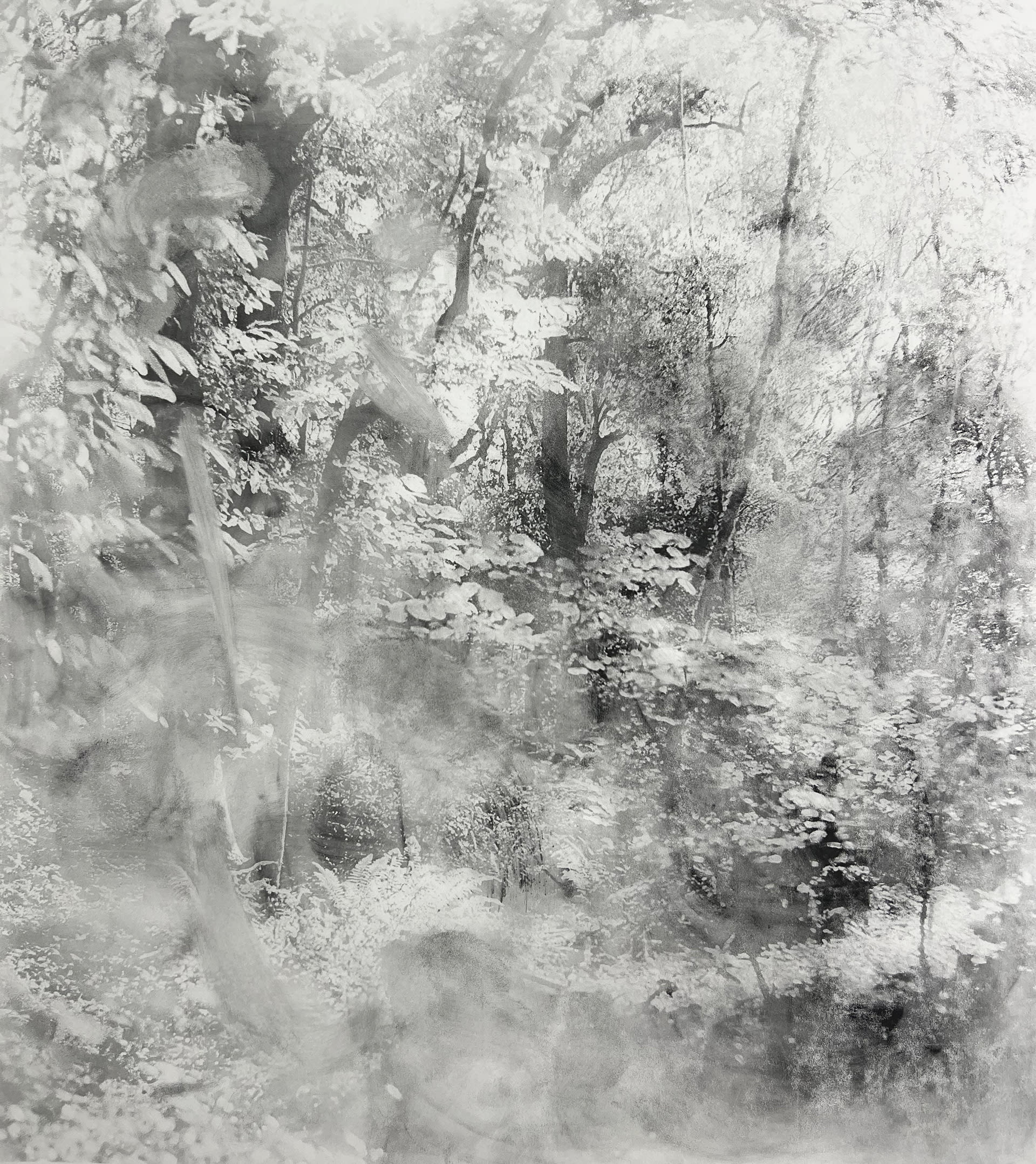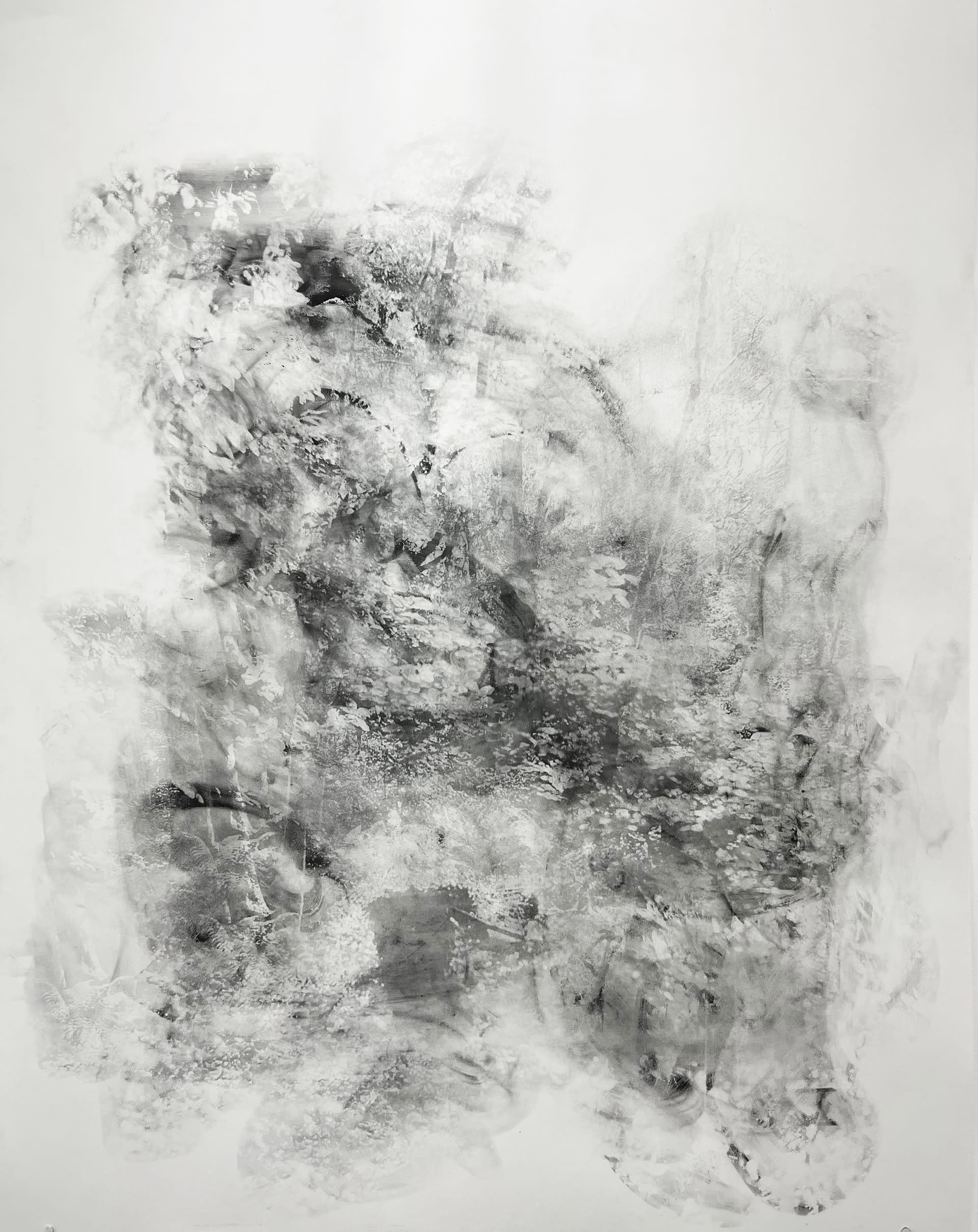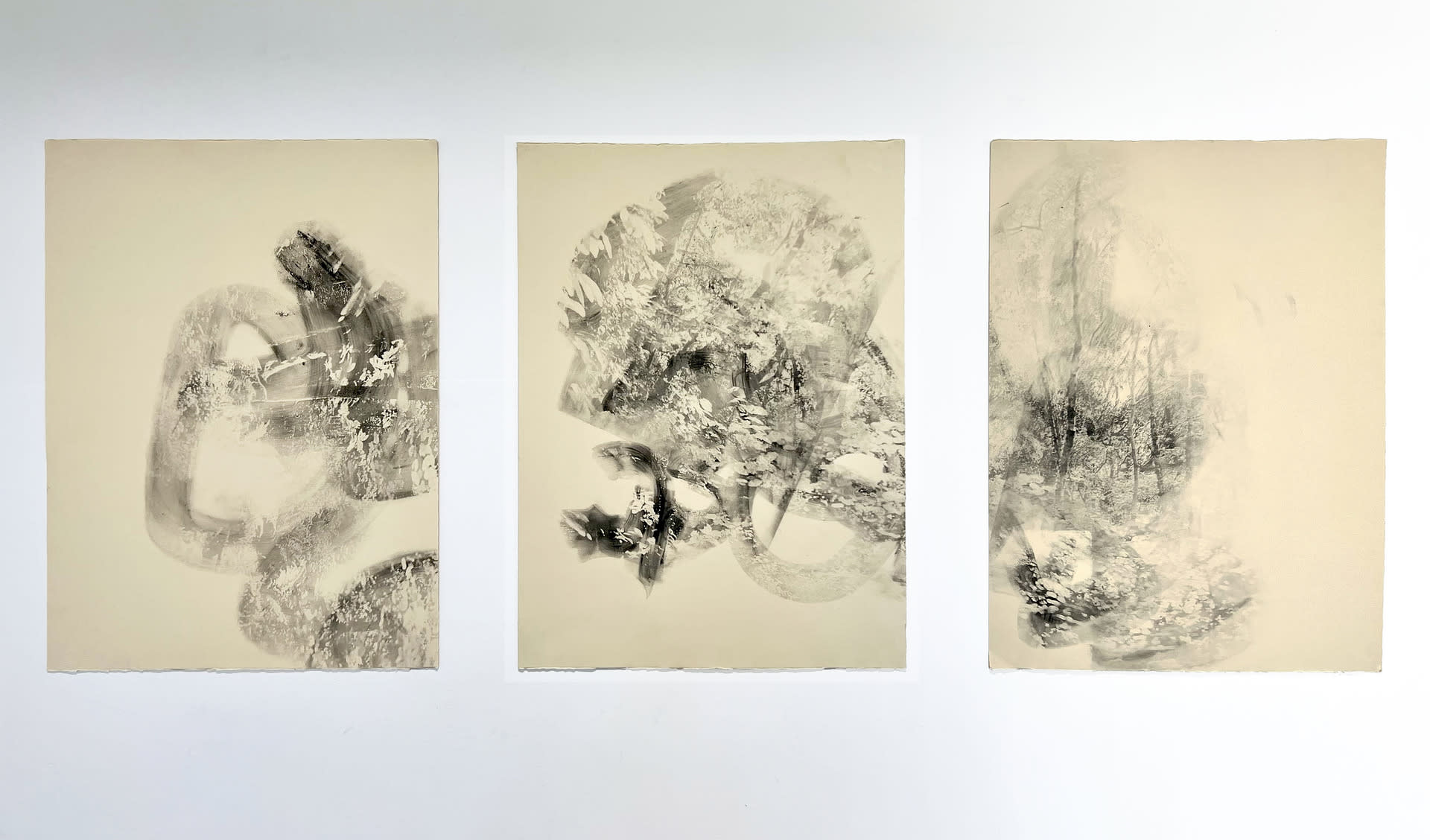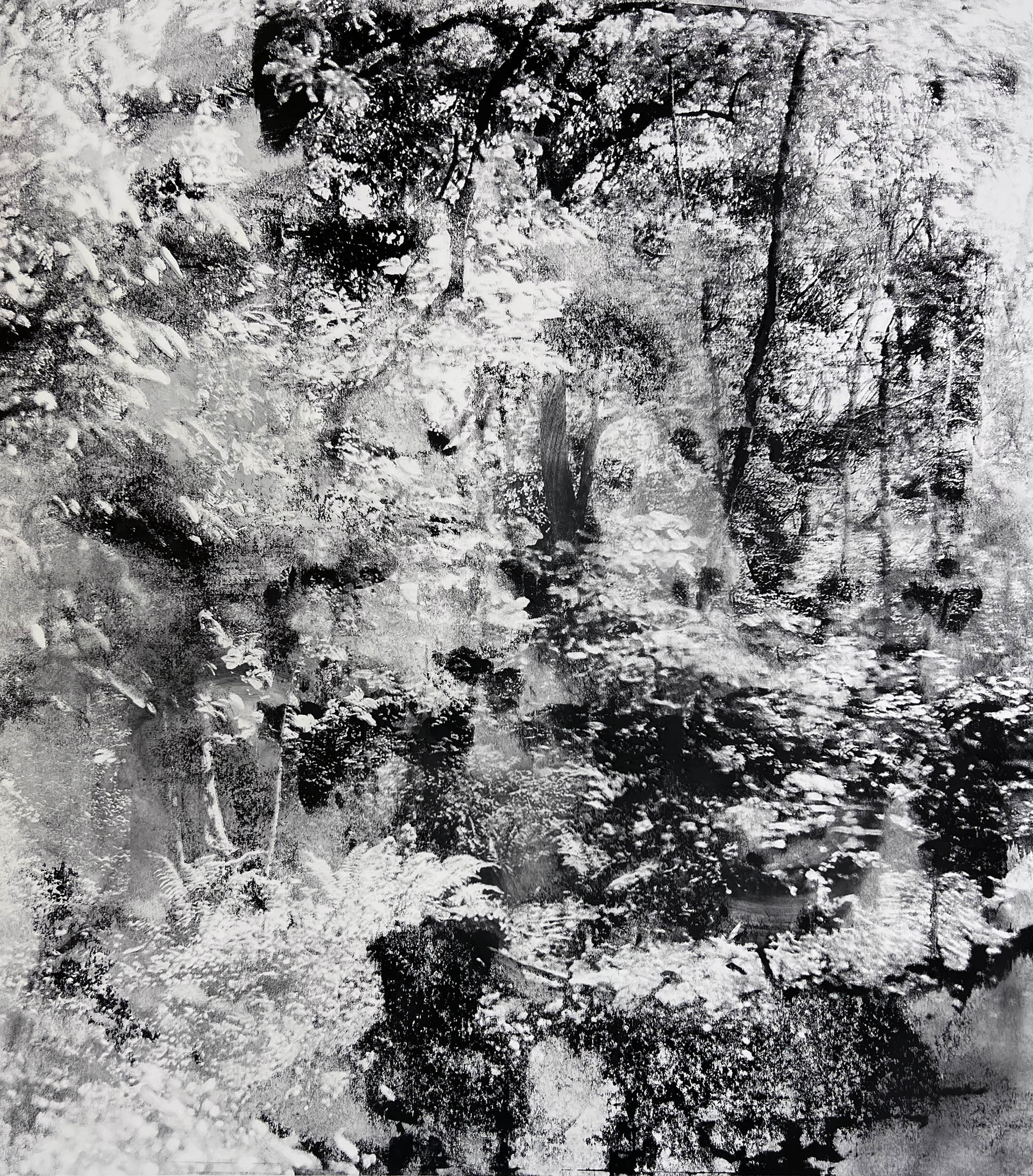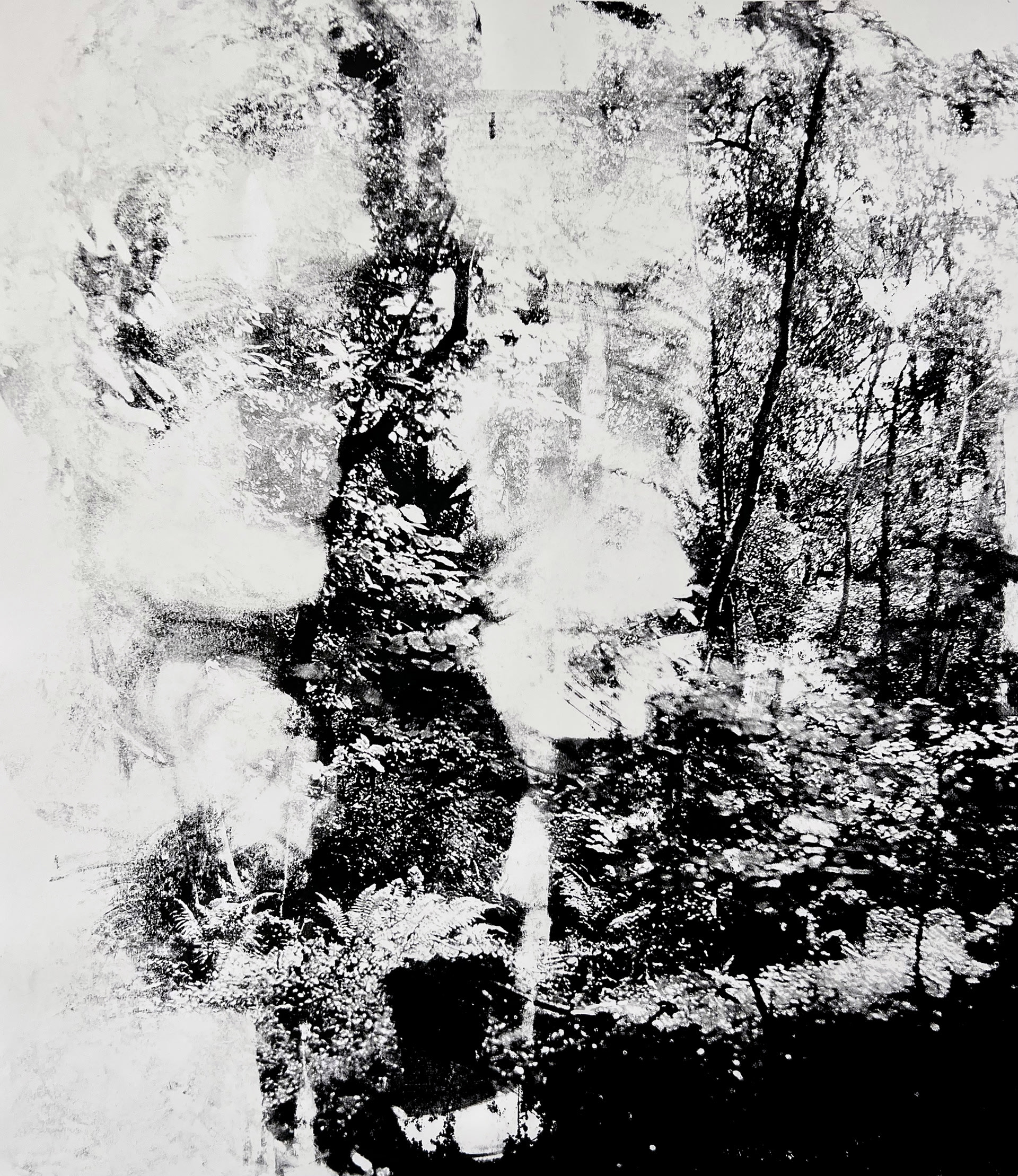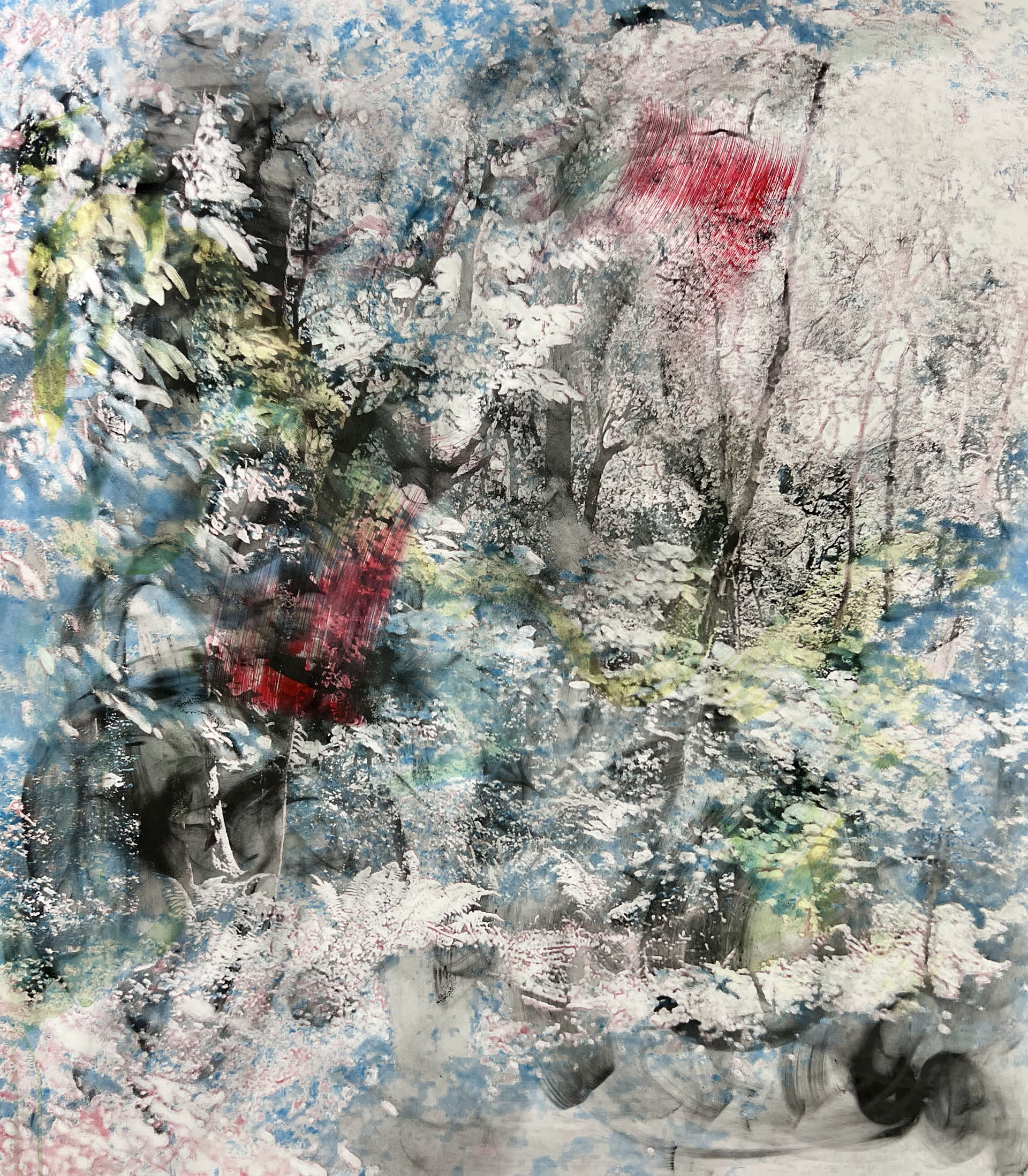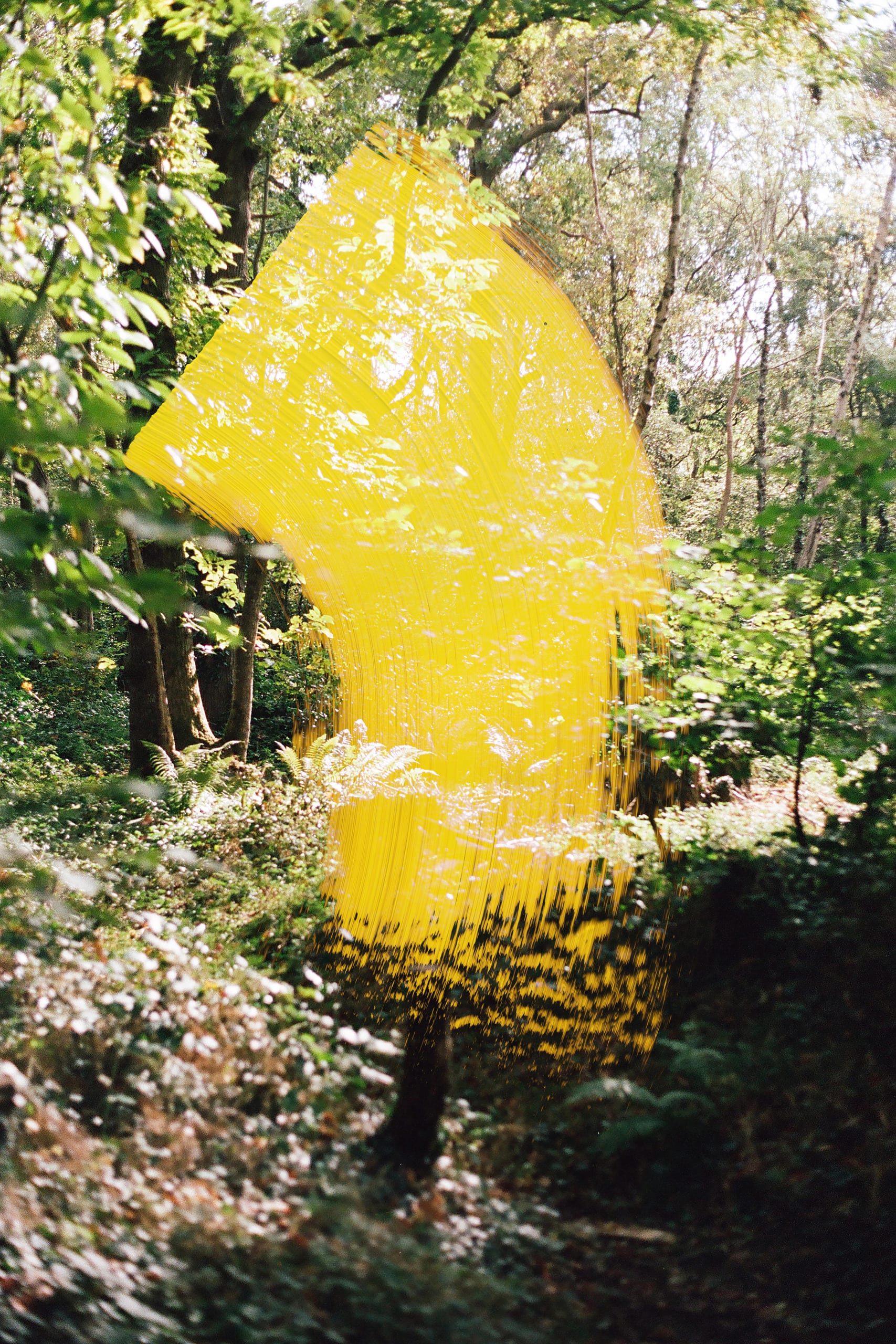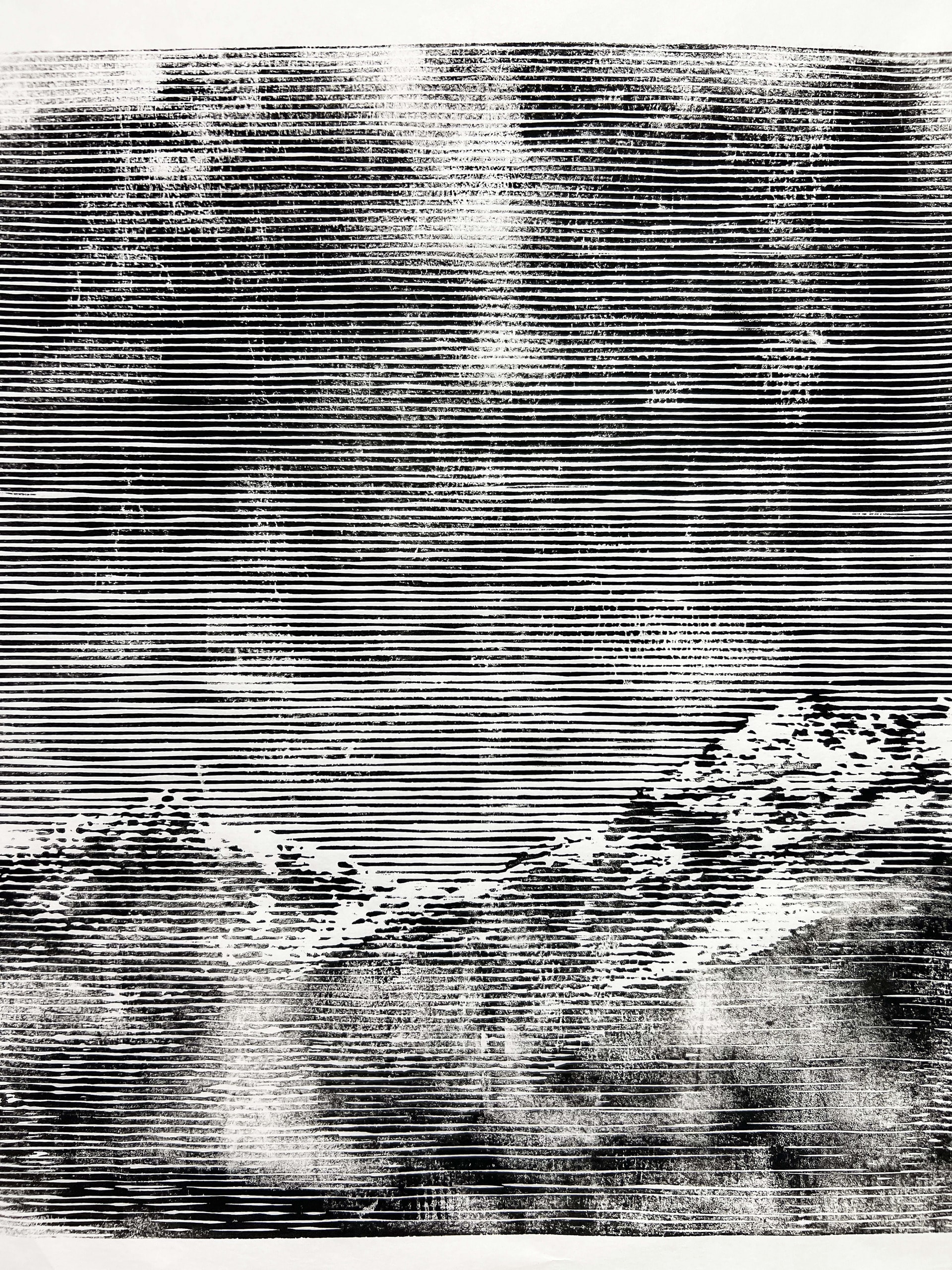Well, it’s quite the few years we’ve had, no?
Of course, we’d like to forget about the *C WORD*. Really. But there’s no denying it’s impacted our ways of thinking, making, being.
On the one hand, technology facilitated interaction where it may not have been possible otherwise.
Arguably good.
But the context? Has there ever been such a desire for touch in a time when to hug was illegal?
And so it poses the question: what does technology facilitate and what does it obstruct?
And what of touch? How does touch make us think and feel about our environments? What does touch facilitate beyond thought?
How do we relate to nature and how does technology and touch impact this relationship?
My practice explores gesture, touch and the photographic image. I consider ideas around our learnt and primal behaviours as homo sapiens and our engagement with our digital and natural environments.
In my series of silkscreen drawings, I push graphite through exposed silk screens of photographs I have taken of nature, creating loose, gestural marks in a relatively blind process. Here, touch becomes a vessel for expression but also a way of understanding the impact of touch. The impact is largely invisible until the screen is removed. This process poses questions about how our interaction with something changes it. When we put this in the context of the environment or nature, perhaps we might think about our impact in those terms. Not necessarily directly visible, but impactful nevertheless.
Then there are questions around algorithm, a prerequisite to digital technologies. It is the categorical nature of algorithm and the implications of how we understand the world that interests me. I see the space of making as something beyond this. What, for example, can be conveyed through gesture and imagery beyond verbal language? I seek to incorporate uncertainty in the images I create, avoiding absolutes, trying to offer puzzles and trigger questions as opposed to providing “truths”. I am interested in subverting the viewer's expectations as a way of unveiling preconceptions and offering a shift in perspective. I do this by presenting something both familiar and unfamiliar. I experiment with abstraction and figuration by using something comprised of a clear data set such as a photograph and combining it with something that might not be, like gesture. As such, I experiment with combining digital and natural landscapes, considering how we might have shared and individual responses to these, both learnt and primal.



